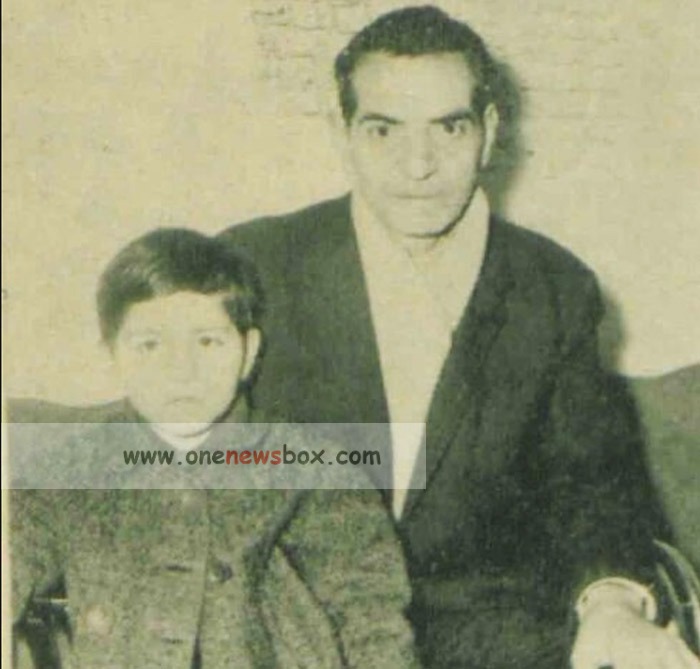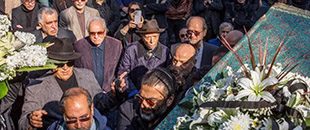The Later Years: From Khorasan to Tabriz
In the 1930s, Shahriar moved to Khorasan and worked in the document registration offices of Mashhad and Neyshabur. His stay in the land of Ferdowsi and Attar was spiritually significant, and it deepened his connection to Persian cultural heritage. After the death of his father in 1934, he was eventually transferred to the Agricultural Bank, and later returned to his native Tabriz.
Tabriz University honored him with the title “Guardian of National Literature and Poetry”, awarding him an honorary doctorate. Despite personal griefs—including the death of his beloved mother in 1952—Shahriar continued to write prolifically, balancing pain with poetic beauty.
The Islamic Revolution and Shahriar’s National Role
Following the Islamic Revolution in 1979, Shahriar aligned himself with the ideals of the revolution and composed several poems in praise of the new Islamic government. This alliance, however, was not political opportunism but a reflection of his deep-rooted spirituality and commitment to Islamic values.
Though some critics felt this alignment contradicted his earlier romantic and humanistic tendencies, others saw it as a natural progression in the life of a mystic poet who viewed divine justice and human love as complementary

